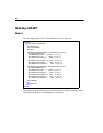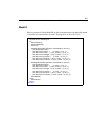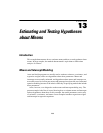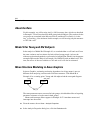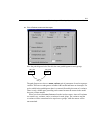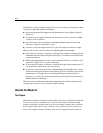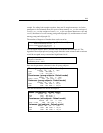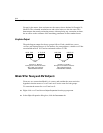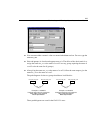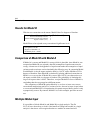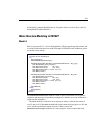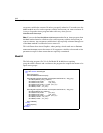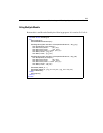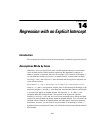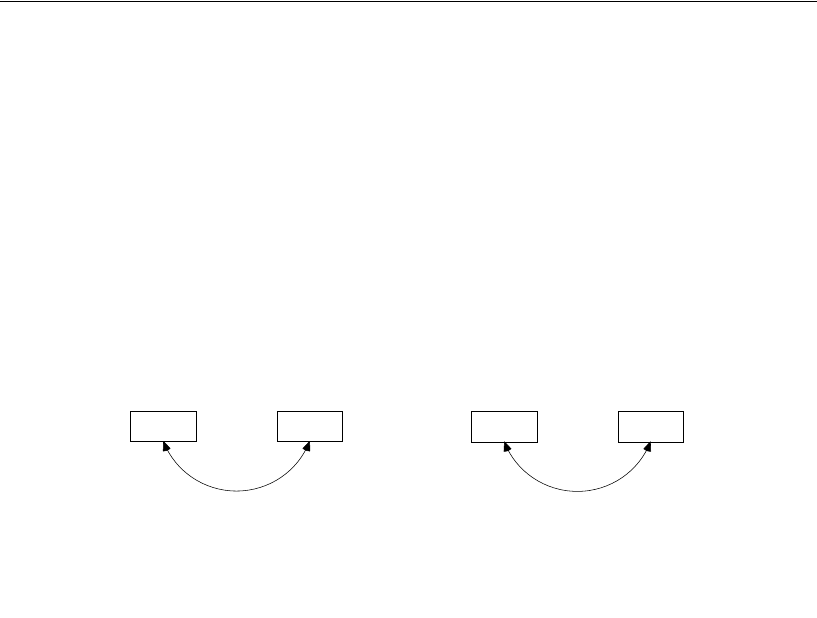
214
Example 13
Except for the means, these estimates are the same as those obtained in Example 10,
Model B. The estimated standard errors and critical ratios are also the same. This
demonstrates that merely estimating means, without placing any constraints on them,
has no effect on the estimates of the remaining parameters or their standard errors.
Graphics Output
The path diagram output for the two groups follows. Each variable has a mean,
variance pair displayed next to it. For instance, for young subjects, variable recall1 has
an estimated mean of 10.25 and an estimated variance of 5.68.
Model B for Young and Old Subjects
From now on, assume that Model A is correct, and consider the more restrictive
hypothesis that the means of recall1 and cued1 are the same for both groups.
To constrain the means for recall1 and cued1:
E Right-click recall1 and choose Object Properties from the pop-up menu.
E In the Object Properties dialog box, click the Parameters tab.
10.25, 5.68
recall1
11.70, 5.45
cued1
4.06
Example 13: Model A
Homogenous covariance structures
Attig (1983) young subjects
Unstandardized estimates
8.68, 5.68
recall1
9.58, 5.45
cued1
4.06
Example 13: Model A
Homogenous covariance structures
Attig (1983) old subjects
Unstandardized estimates



